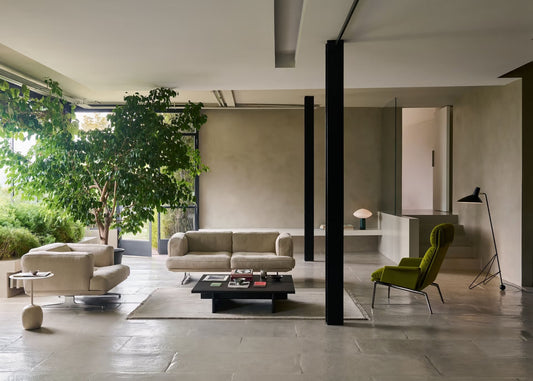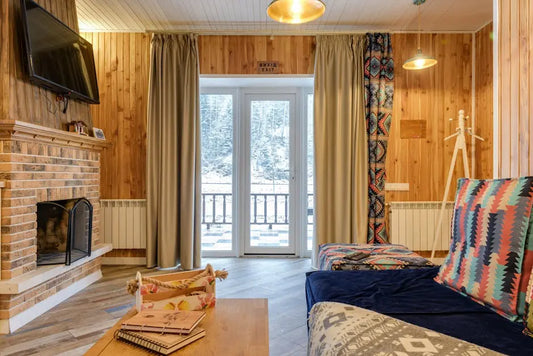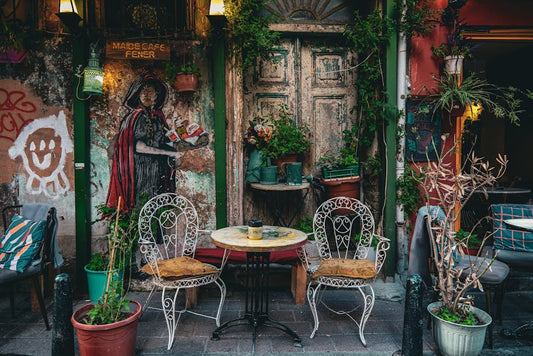News

Have you heard of 3DaysofDesign?
Copenhagen is already known as a design epicenter, and if you’re a product designer like I am, having your work exhibited here is probably on your mood board. 3daysofdesign draws...
Have you heard of 3DaysofDesign?
Copenhagen is already known as a design epicenter, and if you’re a product designer like I am, having your work exhibited here is probably on your mood board. 3daysofdesign draws...

How Does Scandinavian Lighting Enhance Mood?
Scandinavian lighting is more than just an aesthetic choice; it’s a powerful tool that can significantly influence our mood and well-being. In this blog, we will explore the ways in...
How Does Scandinavian Lighting Enhance Mood?
Scandinavian lighting is more than just an aesthetic choice; it’s a powerful tool that can significantly influence our mood and well-being. In this blog, we will explore the ways in...

What Materials Are Commonly Used in Designer Co...
Designer coffee tables are not just functional pieces of furniture; they are often the centerpiece of a living room, showcasing style and creativity. The materials used in their construction play...
What Materials Are Commonly Used in Designer Co...
Designer coffee tables are not just functional pieces of furniture; they are often the centerpiece of a living room, showcasing style and creativity. The materials used in their construction play...

20 Chic Danish Homeware Accessories for Modern ...
1. Unlocking the Essence of Danish Design Danish design is much more than just a style; it’s a way of life. Rooted in simplicity, functionality, and craftsmanship, Danish homeware captures...
20 Chic Danish Homeware Accessories for Modern ...
1. Unlocking the Essence of Danish Design Danish design is much more than just a style; it’s a way of life. Rooted in simplicity, functionality, and craftsmanship, Danish homeware captures...

5 Must-Have Scandinavian Gifts for Minimalist H...
In a world cluttered with excess, embracing minimalism is a breath of fresh air. Scandinavian design, with its clean lines and simplicity, has captured the hearts of many. For those...
5 Must-Have Scandinavian Gifts for Minimalist H...
In a world cluttered with excess, embracing minimalism is a breath of fresh air. Scandinavian design, with its clean lines and simplicity, has captured the hearts of many. For those...

Norwegian Furniture Brands: Marrying Tradition ...
Introduction to Norwegian furniture brands Norwegian furniture brands are known for combining traditional craftsmanship with modern design elements. Companies like Ekornes, Hjellegjerde, and Stressless have gained recognition for their high-quality...
Norwegian Furniture Brands: Marrying Tradition ...
Introduction to Norwegian furniture brands Norwegian furniture brands are known for combining traditional craftsmanship with modern design elements. Companies like Ekornes, Hjellegjerde, and Stressless have gained recognition for their high-quality...
